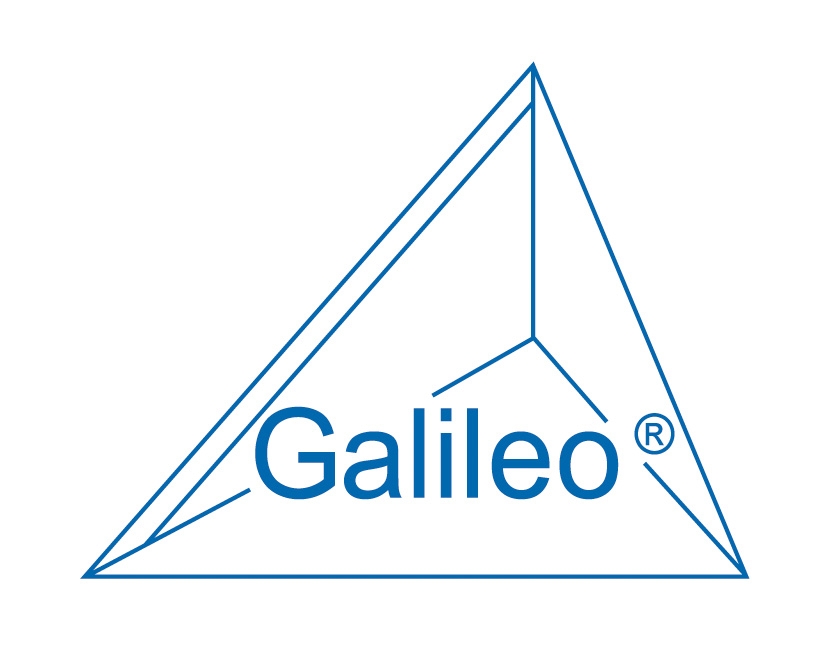A utility model is an intellectual property right similar to a patent, to protect inventions. This right is available in a number of countries. While it is similar to the patent, it usually has a shorter term (often 6 to 15 years) and less stringent patentability requirements.
The German and Austrian utility model is called the “Gebrauchsmuster” granted for a maximum duration of 10 years subject to payment of renewal fees, and has influenced some other countries such as in Japan. In Indonesia the utility model is called a “Petty Patent”. A “utility innovation” is available in Malaysia.
A utility model is a statutory monopoly granted for a limited time in exchange for an inventor providing sufficient teaching of the invention to permit a person of ordinary skill in the relevant art to perform the invention. The rights conferred by utility model laws are very similar to those granted by a patent but are more suited to what may be considered as “small inventions”. Alternative terms are “petty patent”, “innovation patent”, “minor patent”, and “small patent”. Most countries having utility model laws require that the invention be new. However, many patent or utility model offices do not conduct substantive examination and merely register the utility model after checking formal requirements. Some countries exclude particular subject matter from utility model protection. For example, in Germany, methods, uses, plants and animals are normally barred from utility model protection.
In Germany a utility model is considered to be new if it does not form part of the state of the art. The state of the art comprises any knowledge made available to the public by means of a written description or by use within Germany before the date relevant for the priority of the application. Oral prior art and foreign prior use are discounted. Description or use within a period of six months preceding the date relevant for the priority of the application shall not be taken into consideration if it is based on the conception of the applicant or his predecessor in title (grace period).
In Spain, the novelty requirement for obtaining a utility model (Spanish: modelo de utilidad) is “relative”, i.e. only public written disclosure of the invention in Spain is prejudicial against the novelty of the invention claimed in the utility model. This is in sharp contrast with Spanish patents for which absolute novelty is required. What constitutes a “disclosure of the invention in Spain” has been the subject of two interesting decisions of the Spanish Supreme Court.
